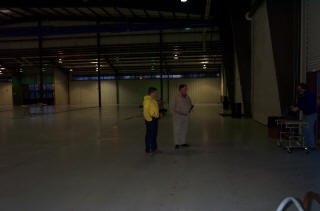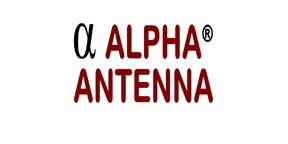The club’s 2M and UHF repeaters were both moved last year to Longmont Firestation #4 near Main St and Hwy 66 in North Longmont. Shortly after the repeater activation, intermod was observed on the 2M repeater (the UHF repeater has experienced no intermod at the new location). The intermod generally begins with a squelch tail, but in some cases can start without a transmission. The intermod may be related to temperature since the intensity and number of occurrences has lessened with cool temperatures this fall and winter.
As many of our members know, we are actively working to resolve the intermod. Resolving the issue is challenging since we have restricted access to our antennas and coax runs due to fire station security restrictions. A list of some of the investigation steps taken to date is provided below.
The club’s 2M and UHF repeaters were both moved last year to Longmont Firestation #4 near Main St and Hwy 66 in North Longmont. Shortly after the repeater activation, intermod was observed on the 2M repeater (the UHF repeater has experienced no intermod at the new location). The intermod generally begins with a squelch tail, but in some cases can start without a transmission. The intermod may be related to temperature since the intensity and number of occurrences has lessened with cool temperatures this fall and winter.
As many of our members know, we are actively working to resolve the intermod. Resolving the issue is challenging since we have restricted access to our antennas and coax runs due to fire station security restrictions. A list of some of the investigation steps taken to date is provided below.
Partial List of Actions Taken to Date
- A new Laird FG1443 commercial antenna and new hardline coax were purchased and installed.
- A Time Domain Reflectometer (TDR) was used to measure the coax up to the antennas. The coax was found to be within specification. The TDR also showed no upslope indicative of a lossy condition or water intrusion.
- Lightning discharge units were removed from the antenna line, with no improvement.
- The separate UHF antenna coax was shorted, the UHF equipment was powered off, and the UHF antennas disconnected with no improvement.
- All existing antenna connections on the roof, and metal fixtures on the roof of the building were tightened.
- All connections and grounding straps within the radio cabinet were reviewed.
- All commercial and city radio equipment at the location were disconnected from antennas, and powered off. No improvement.
- Several RFI surveys of the area were performed surrounding the site. A directional yagi antenna found noise on the north side of the fire station roof when intermod occurs (presumably a primary or secondary cause of the intermod). A second strong noise source exists in the building about a block away on the northwest corner of Main and Hwy 66.
- An RFI survey was done inside the fire station building. Every room of the building was checked using portable receivers while intermod was occurring and no obvious emitting source was identified.
- The 2M repeater was reprogrammed to use two separate tones for transmit and receive. This did not remove the intermod.
- A 12db attenuator was added inline with the antenna. This appeared to reduce, but not remove the intermod.
- A small mag mount antenna next to the equipment cabinet was substituted for the antenna on the roof and the noise went away (suggesting that the problem is not the equipment in the cabinet).
- Doug Sharpe (responsible for many repeaters in the Colorado area) performed diagnostic tests on the repeater with a system monitor. An Iso-Tee into a dummy load was connected and a weak signal deviated 3khz with a 1khz tone inserted until the squelch breaked. No significant desense was found, suggesting the repeater was operating within normal bounds.
We may switch the UHF and VHF antenna positions on the roof. This would effectively swap the coax runs and connectors, while physically moving the VHF antenna position approximately 15 ft.
Summary
A number of additional options are being reviewed, including moving the repeater to another location. The technical consensus is that the repeater equipment is functional and that the intermod source is most likely related to either a physical fixture on the fire station, or some general RFI source in the direct vicinity. We appreciate your patience while we work to resolve this issue and want to remind everyone that the UHF repeater remains fully functional on 448.0 with a (-) offset of 5Mhz.















 The Custom Facebook Feed plugin
The Custom Facebook Feed plugin